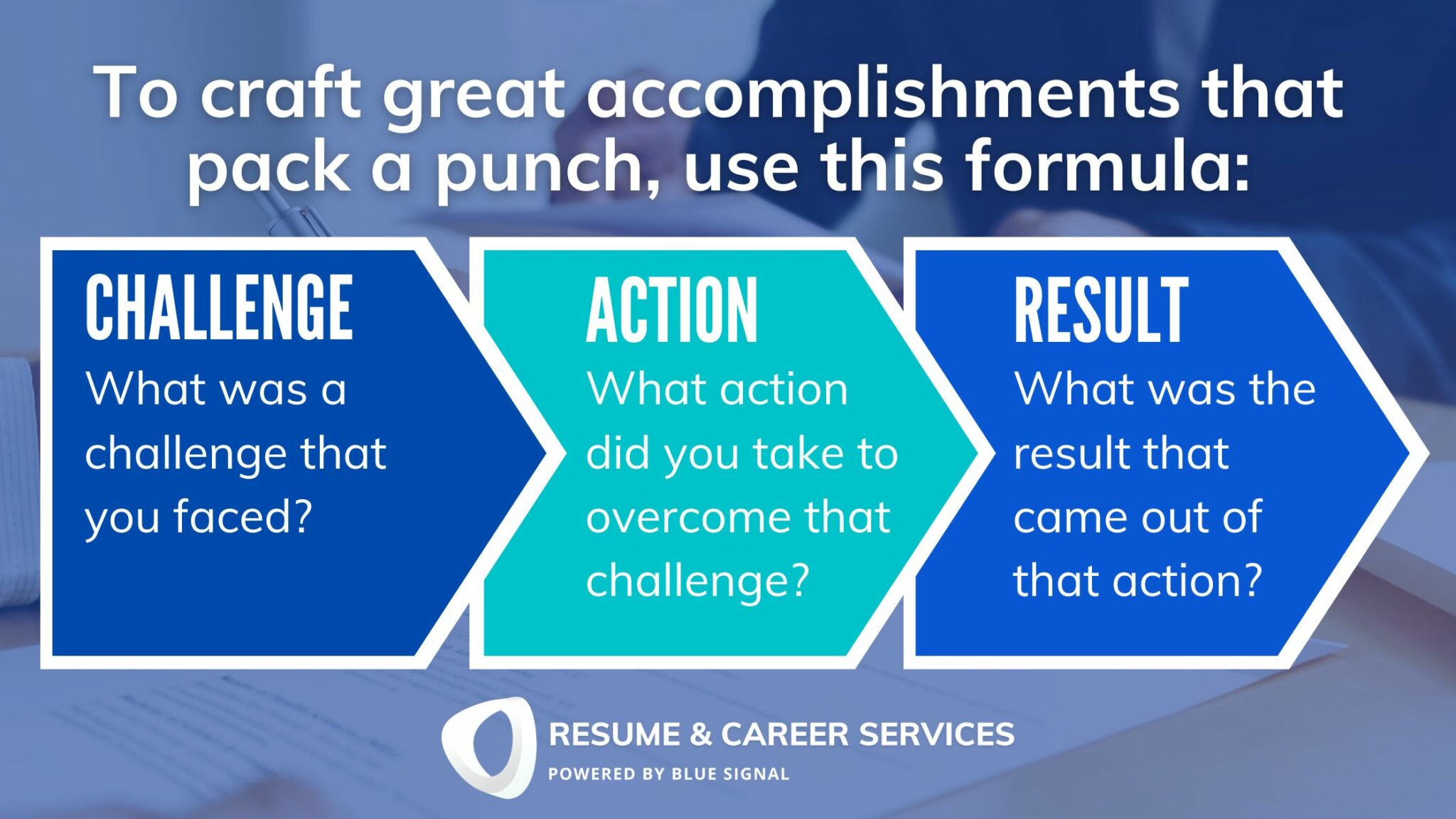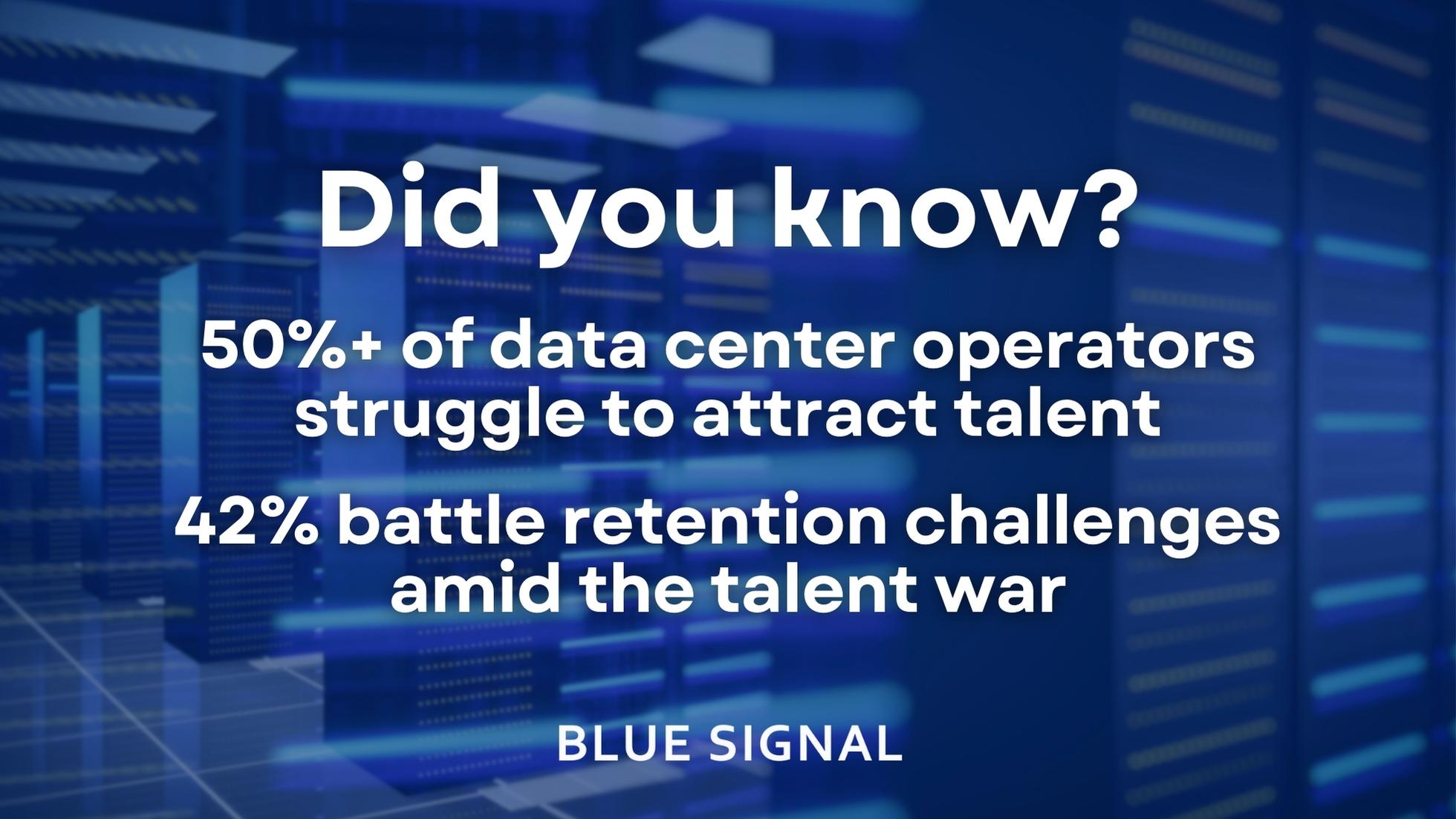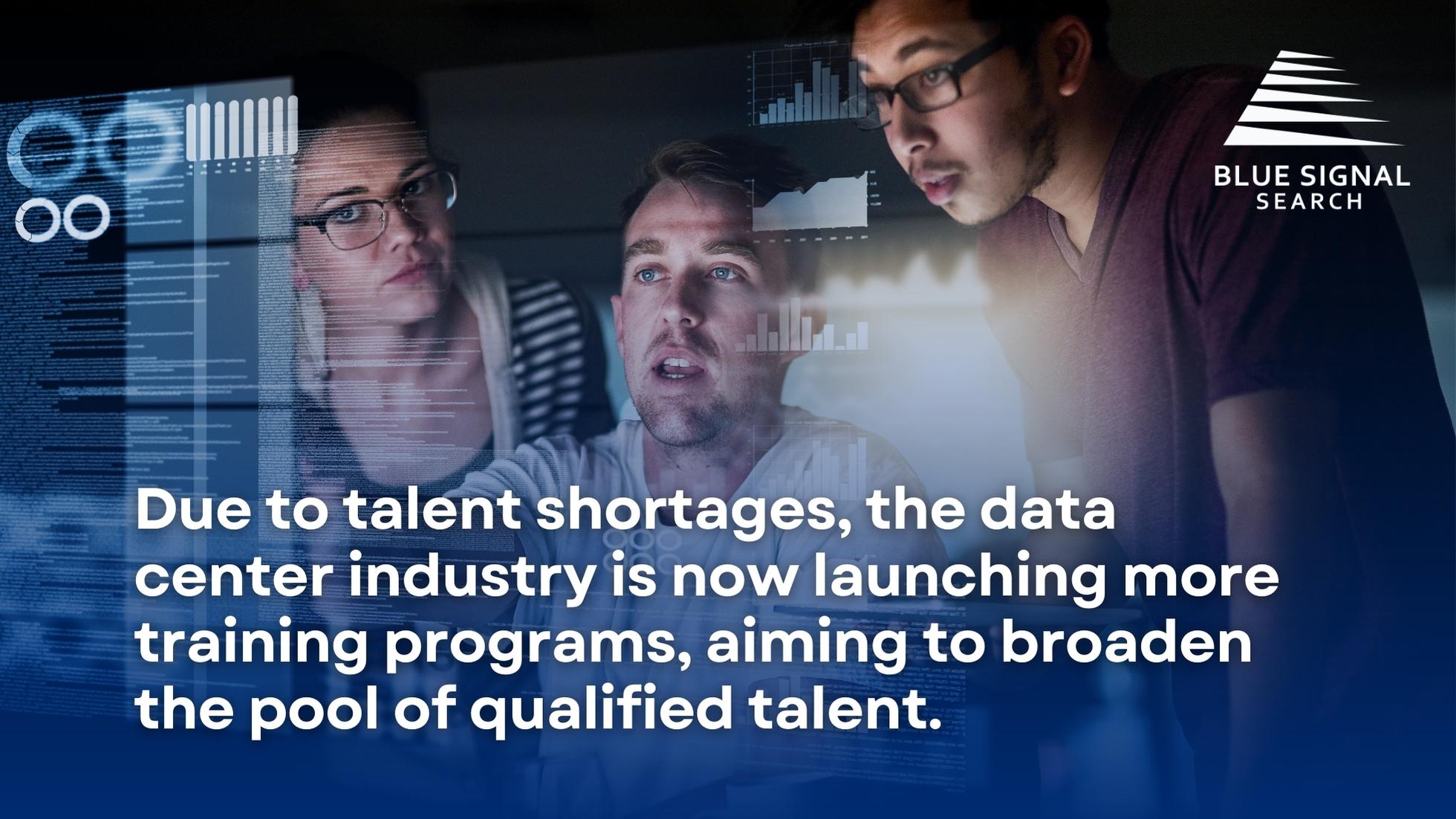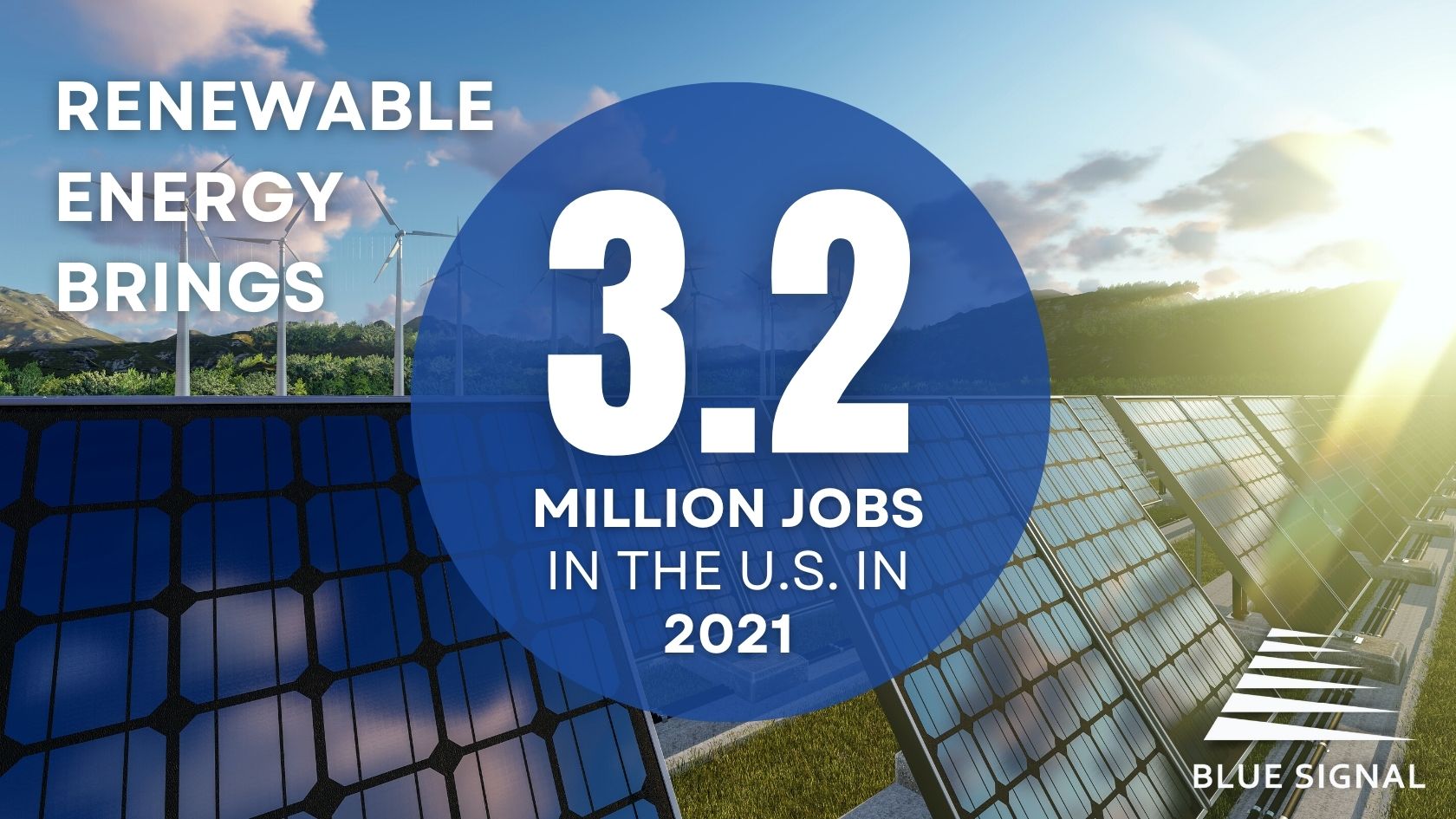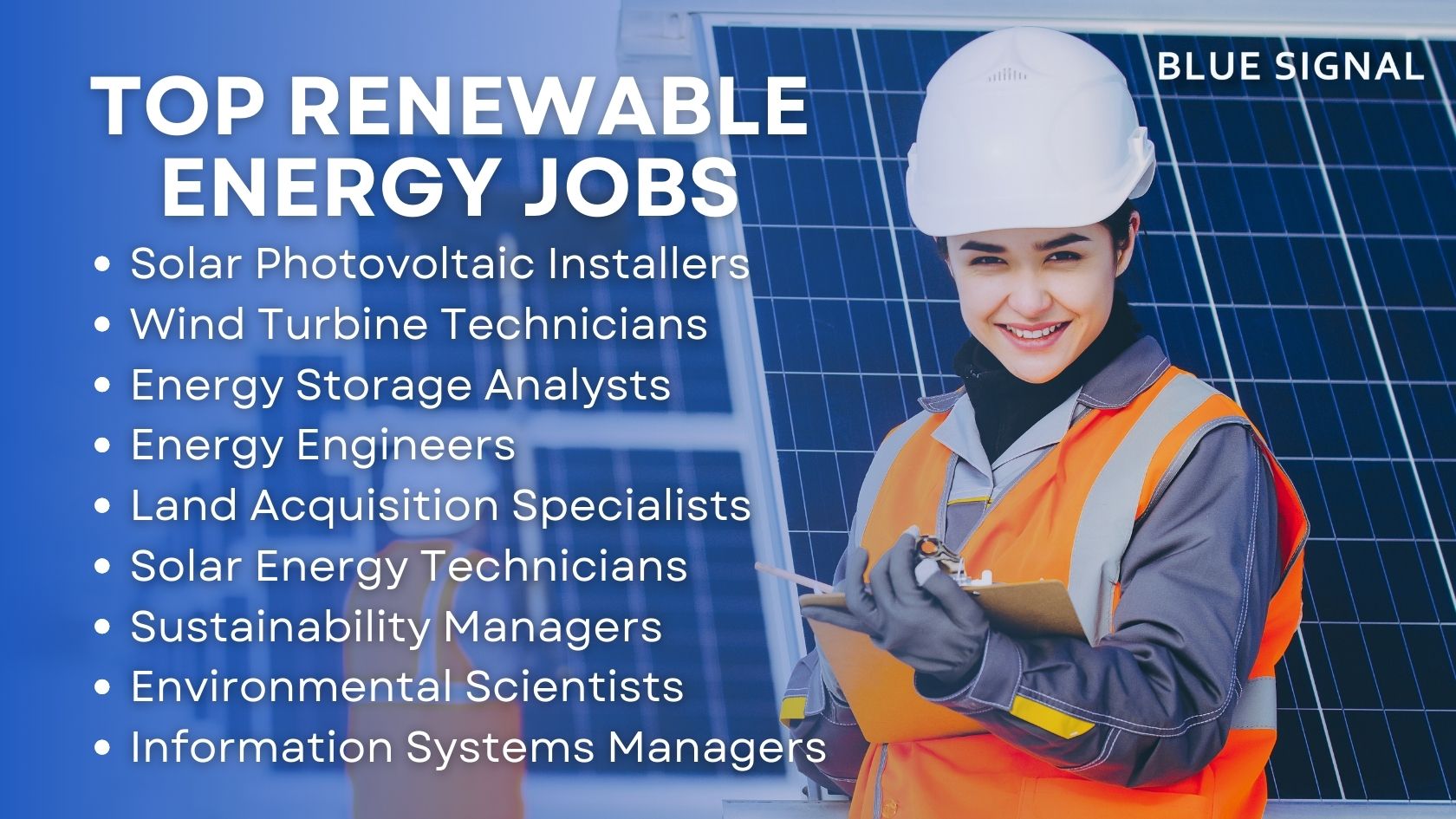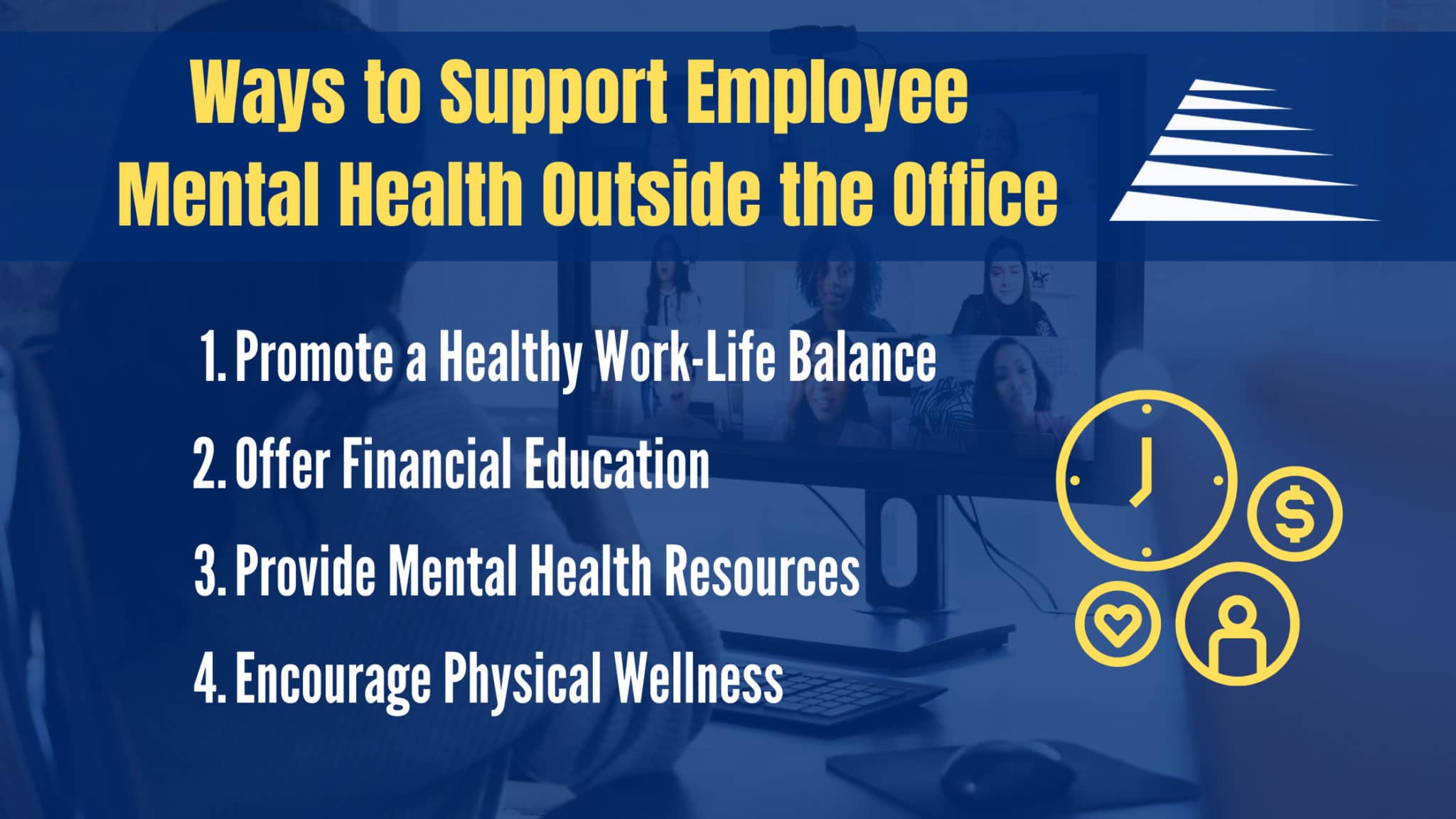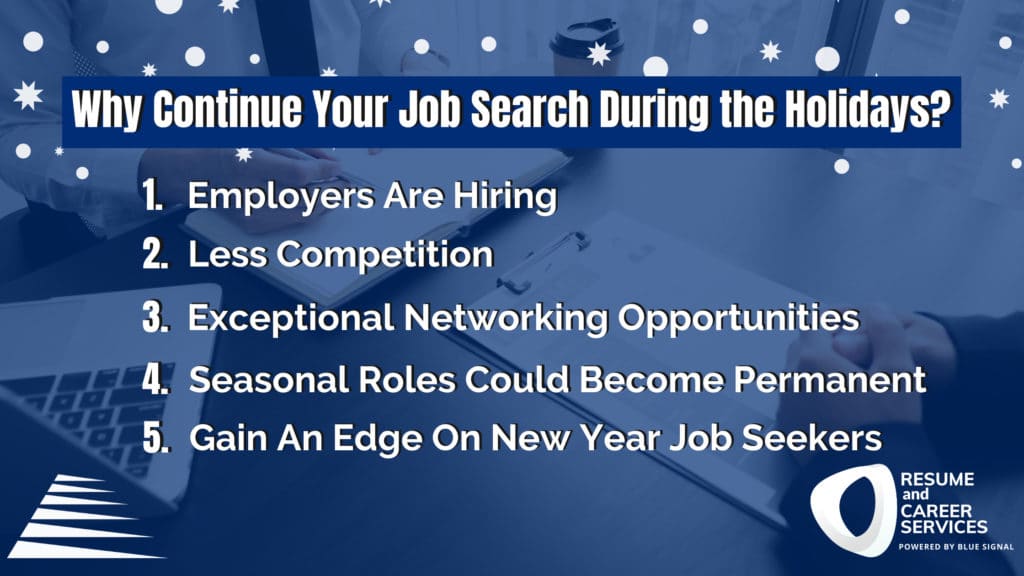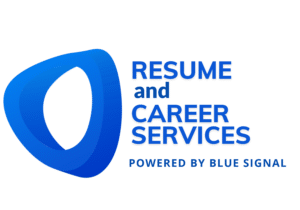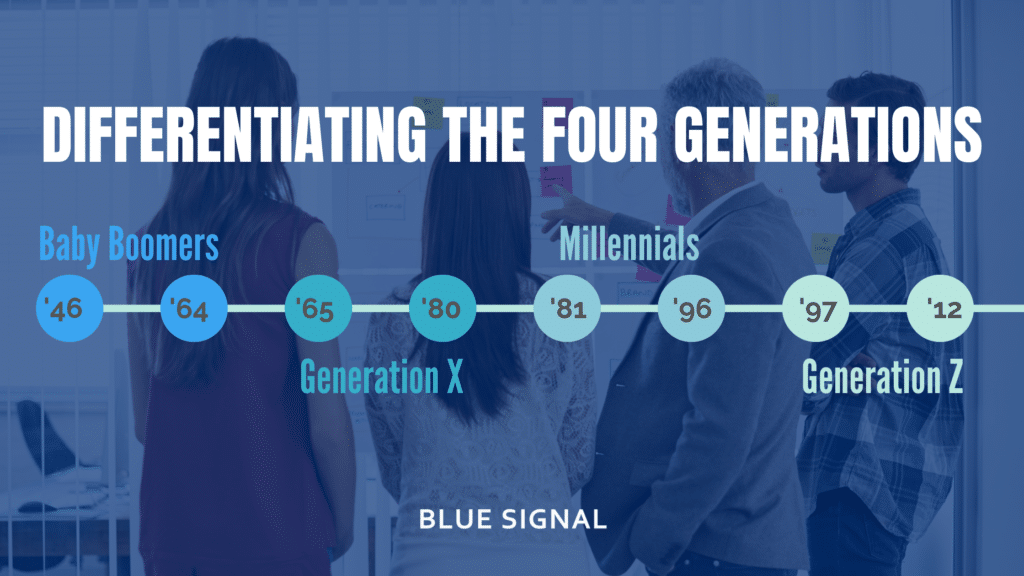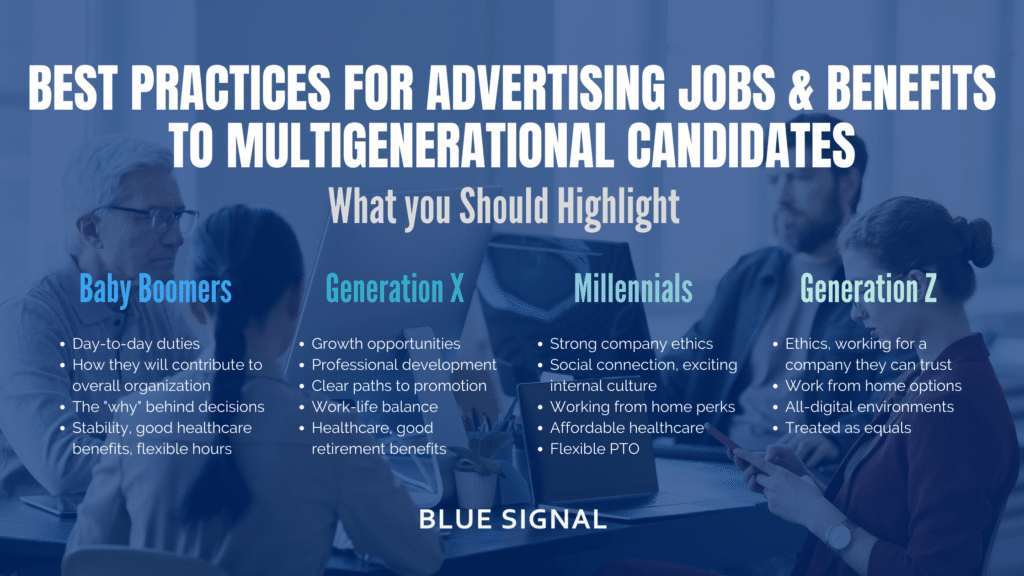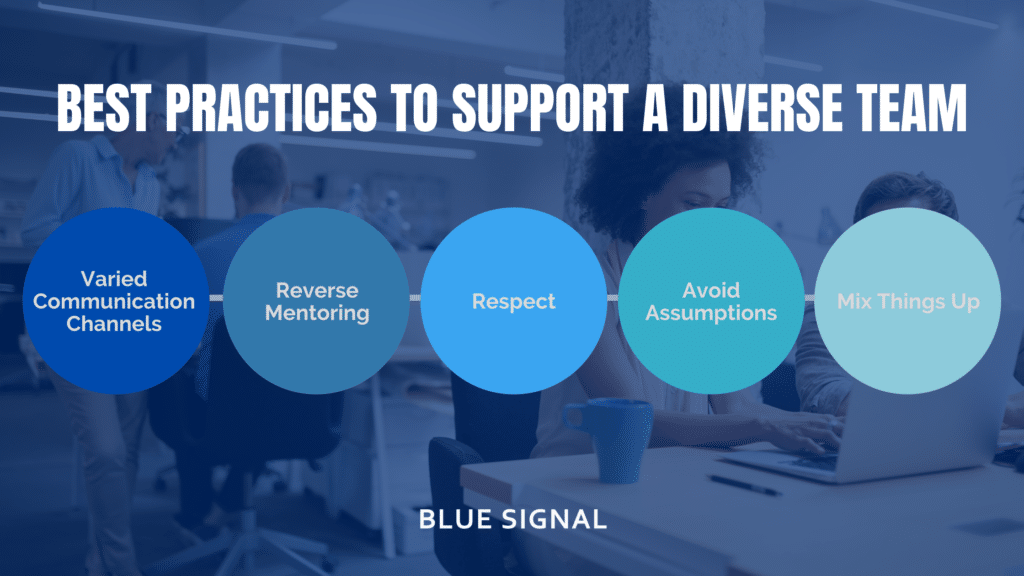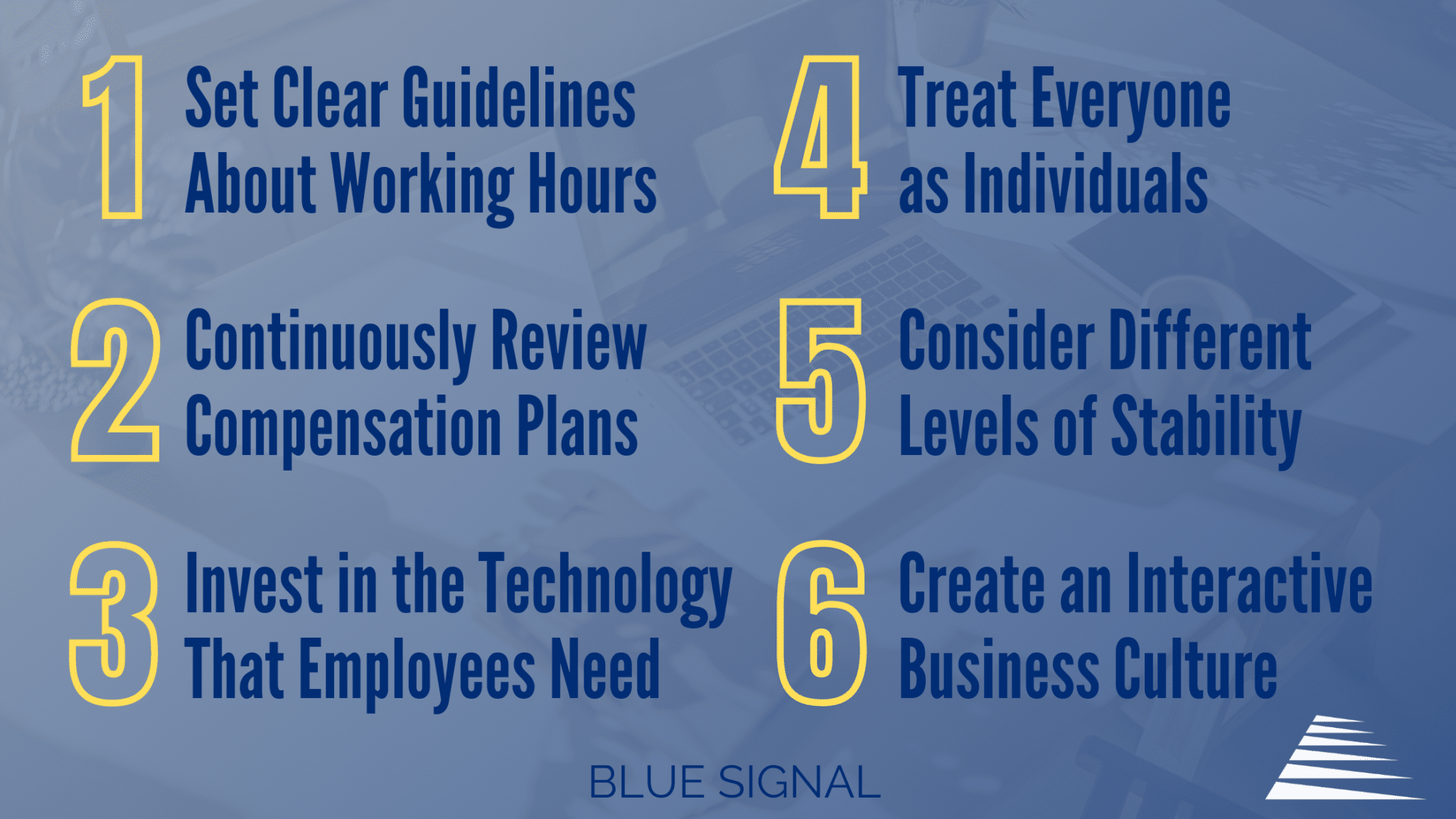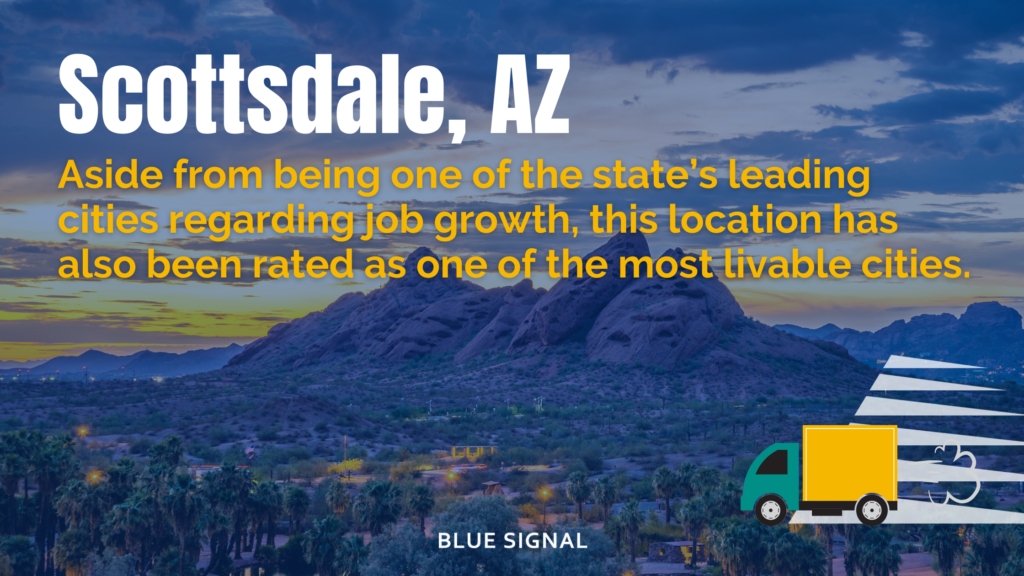Unravel the mysteries of 'LinkedIn Etiquette' and harness its power for navigating the captivating LinkedIn landscape effectively. In this favored professional networking platform, career opportunities flourish, connections thrive, and sometimes, the rules of etiquette seem to vanish into the digital abyss. As we venture into the eerie depths of LinkedIn, we uncover tales of ghoulishly misguided interactions, haunted profiles, and unsettling networking nightmares. These recruiter horror stories may seem like cautionary tales, but they hold the keys to navigating the dark side of LinkedIn with grace and professionalism.
Connection Request Catastrophes
As we embark on a journey into the darker corners of LinkedIn, we step into the eerie depths of the platform where chilling tales of LinkedIn etiquette breaches come to light. Our first story dives right into the world of connection requests gone awry. In the realm of professional networking, even the simplest gesture, like sending a connection request, can take a nightmarish turn.

Story 1: The Hauntingly Impersonal Connection
In a peculiar turn of events, a seemingly innocuous connection request caught the attention of a recruiter. Intrigued, they accepted the request, only to be met with an initial message that read, 'Hi, I'm interested in the job position you posted. Can you help me?'
The message was unfortunately filled with mystery, lacking the job position title nor the company name. Despite the impersonal nature, the recruiter decided to give the connection seeker a chance, hoping it was simply an oversight.
However, what followed were not only impersonal interactions but also disappointingly rude and persistent messages, turning what should have been a professional connection into a full-blown nightmare of spammy and discourteous engagements.
LinkedIn Etiquette Lesson: The Power of Personalization
The lesson here is clear, personalization is paramount when sending connection requests. To avoid becoming a LinkedIn etiquette horror story, remember to craft personalized connection requests that express your genuine interest in connecting with the recipient. Engage in a brief, respectful introduction and, if appropriate, mention common interests or connections. Here are a few tips to enhance the impact of your connection request:
- Personalize Your Requests: Craft individualized connection requests for each recipient. Mention why you want to connect or something you both have in common.
- Keep it Professional: Avoid generic or overly casual language. Maintain a professional tone in your request.
- Respect Boundaries: Don't immediately bombard new connections with job applications or sales pitches. Build rapport before making requests.
- Highlight Mutual Interests: If applicable, mention shared interests, groups, or connections to establish common ground.
- Maintain Professionalism: Uphold the integrity of your LinkedIn interactions by ensuring your connection requests are both respectful and tailored to the recipient's professional interests.
Furthermore, by using these tips as guidelines, you enhance your chances of connecting with others. Additionally, you maintain the professionalism and integrity of your LinkedIn interactions. For a deeper dive into this topic, visit Resume and Career Services’ LinkedIn YouTube playlist to further educate yourself.
Profile Etiquette Nightmares
Transitioning into this next facet of LinkedIn etiquette, we come across a chilling gallery of profiles that clearly needed significant improvement. Just as in real life, where first impressions matter, your LinkedIn profile is your digital business card. A haunting profile image or a poorly maintained profile can spook potential connections and job prospects away. Here's a chilling tale of a LinkedIn profile gone wrong:

Story 2: Headshot Horrors
One day, while scrolling through LinkedIn, a recruiter stumbled upon a profile that sent shivers down their spine. The profile image was not only more reminiscent of a beach vacation than a professional headshot, but it was also of bad, pixelated quality. It featured the candidate on a sun-soaked beach, shades on, sipping a cocktail. Although an enticing vacation photo, it was far from the professional image one expects on a platform like LinkedIn.
LinkedIn Etiquette Lesson: The Importance of a Professional Profile Image
Continuing our discussion, it is apparent that your profile image on LinkedIn should reflect your professional side. A picture is worth a thousand words, and on LinkedIn, it should speak of your competence and approachability. Here's how you can ensure your profile image matches professional LinkedIn etiquette standards:
- Choose a Clear Headshot: Select a high-quality headshot where your face is clear and well-lit. Avoid using group photos or distant shots.
- Dress the Part: Dress as you would for a job interview. Business attire is often a safe bet, but choose clothing that aligns with your industry norms.
- Mind the Background: Opt for a neutral, uncluttered background that doesn't distract from your face.
- Maintain a Friendly Expression: Smile, look approachable, and maintain eye contact with the camera.
- Update Regularly: As you gain experience and your appearance changes, make sure to update your profile image.
To round off, consider this bonus tip: if you're struggling to capture a professional image, consider using AI headshot generators. These tools can help you create a suitable headshot that aligns with professional standards and enhances your online presence.
Posting and Engagement Frights
As we continue our expedition through the cryptic world of LinkedIn, we uncover another domain where professionals may unwittingly fall into digital traps: the realm of posting and engagement. On LinkedIn, sharing insights, stories, and engaging with your network are key components of professional growth. However, sometimes these actions can lead to chilling experiences. Here's a tale of a recruiter who came face to face with a candidate's negative posting interaction:

Story 3: The Ghostly Rant
A recruiter was scrolling through their LinkedIn feed when they encountered a frightening post from a job seeker. The post was a scathing rant about past employers, filled with bitterness and negativity, a clear breach of LinkedIn etiquette. The individual's words were a stark contrast to the professionalism typically expected on the platform.
What made matters even worse was the way this individual responded to comments. Rather than engaging in constructive conversations, they lashed out at anyone who offered a differing perspective, ultimately turning the post into a heated and unprofessional exchange.
The recruiter, who was considering the individual for a potential job opportunity, was disheartened by the negative tone of the post and interactions. It made them question the job seeker’s ability to maintain composure and professionalism in a professional setting – and ultimately they were no longer considered for the opportunity.
LinkedIn Etiquette Lesson: The Art of Constructive Posting and Engagement
Taking away a valuable lesson from this account, it is important to remember, LinkedIn is a platform for professional growth. Knowing this, it's essential to maintain a positive constructive tone in your posts and interactions. Here are some guidelines for posting and engaging effectively on LinkedIn:
- Be Constructive: Share insights, experiences, and perspectives in a constructive and positive manner. Avoid using the platform as a place to vent or criticize.
- Engage Respectfully: When engaging with comments on your posts or others', always maintain a respectful and professional tone. Disagreements can be handled gracefully.
- Focus on Value: Share content that provides value to your network. Informative, insightful posts can help you build a positive professional reputation.
- Think Before Posting: Before hitting the "Post" button, consider the potential impact of your words and how they reflect on your professional image.
Moreover, by following these guidelines, you can make the most of your LinkedIn presence, fostering constructive interactions and leaving a positive impression on potential employers and connections.
Networking and Messaging Nightmares
Venturing deeper into the uncharted territories of LinkedIn, we find a space where networking and messaging can sometimes take a sinister turn. LinkedIn is, after all, a platform designed for meaningful professional connections, but not every interaction on this platform is respectful of this intention. Here's a tale of a recruiter who experienced the perils of an overbearing and intrusive networking approach:
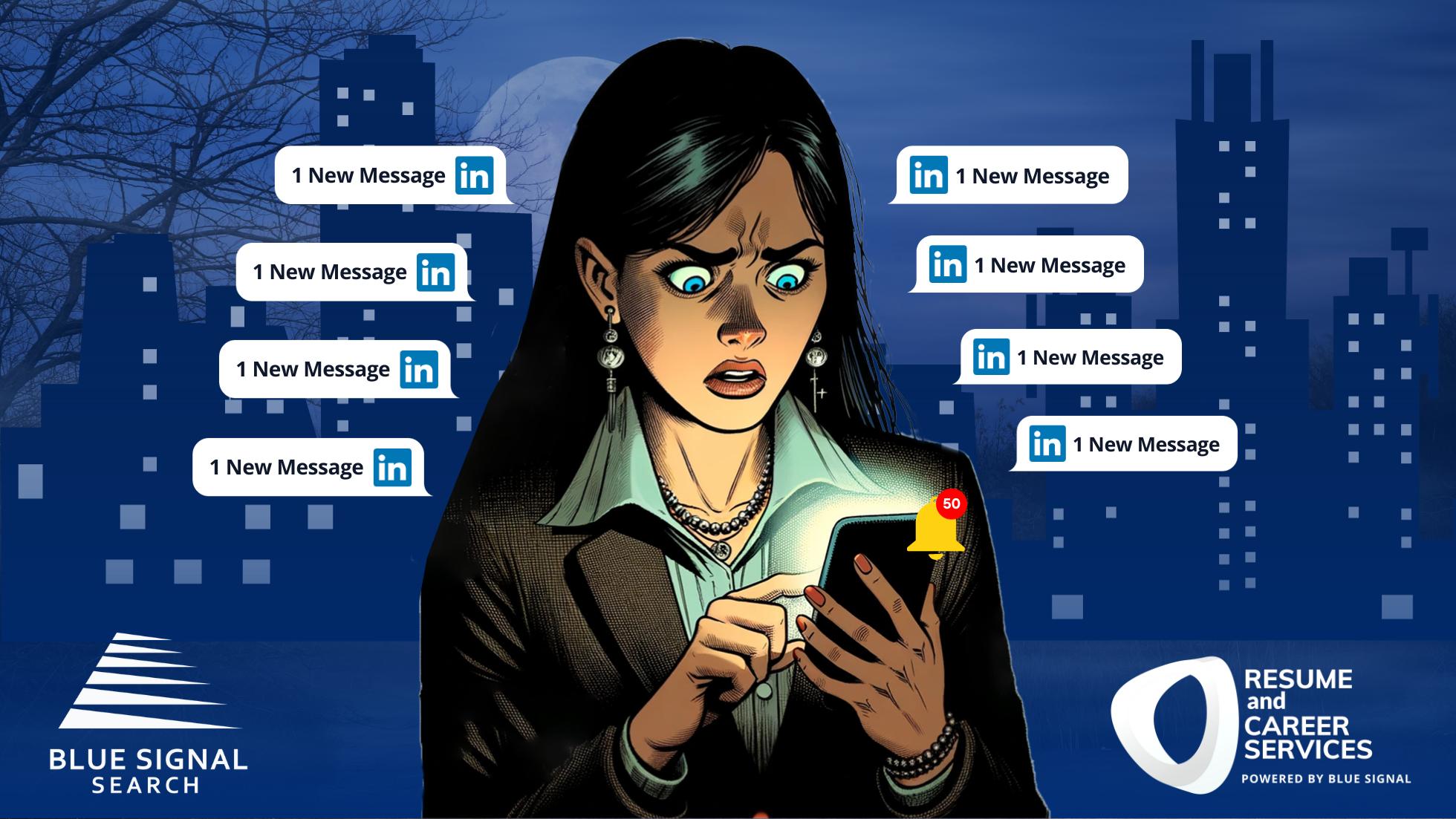
Story 4: The Overzealous Candidate
A recruiter received a connection request from a job seeker. Always eager to discover new potential candidates, the recruiter accepted the request.
However, what followed was a networking nightmare. The job seeker, driven by an intense desire to secure employment, inundated the recruiter's inbox with a relentless stream of unsolicited messages. Each message conveyed their desperation for a job, detailing their financial struggles and personal challenges. While the recruiter empathized with the situation, the overwhelming nature of the messaging began to border on unprofessionalism.
Despite the recruiter's diplomatic attempts to guide the job seeker towards a more balanced and authentic networking approach, the barrage of messages persisted. What began as a promising networking opportunity soon turned into a tale of an overzealous candidate who pushed the boundaries of professional networking.
LinkedIn Etiquette Lesson: The Art of Authentic Networking
The lesson here is clear: for job seekers on LinkedIn, it's essential to approach networking with professionalism and authenticity. Here are some guidelines to ensure you don't cross the line into overzealousness:
- Balance Your Messaging: While it's important to express your eagerness to secure a job, ensure that your messages are balanced and respectful. Avoid overwhelming recruiters or connections with unsolicited, desperate messages.
- Express Your Value: Instead of focusing solely on your needs, also emphasize the value you can bring to potential employers. Showcase your skills and qualifications as an asset to your network.
- Respect Professional Boundaries: Recognize the boundaries of professional interactions and respect the personal space of recruiters and connections.
- Maintain a Positive Tone: Approach networking with a positive and optimistic tone. Highlight your enthusiasm for potential opportunities without resorting to desperation.
In summary, by adhering to these guidelines, job seekers can network authentically on LinkedIn, increasing their chances of making positive connections and leaving a favorable impression on recruiters and potential employers.
Conclusion
As we emerge from the chilling tales of LinkedIn etiquette gone wrong, remember that the digital landscape can be filled with ghoulish encounters. But fear not, with the right knowledge and a touch of professionalism, you can navigate LinkedIn with ease. Whether you've encountered spooky LinkedIn stories of your own or you're looking to enhance your professional presence, there's help available.
Unlock Your LinkedIn Potential with Resume and Career Services
If you're looking for additional guidance and resources to master LinkedIn etiquette and enhance your career prospects, Resume and Career Services (RaCS), has you covered. RaCS is your one-stop destination for comprehensive career advice, and LinkedIn optimization.
RaCS offers a wealth of insights through a series of courses, each packed with 10–15 lessons, available on their YouTube channel. These courses cover a wide range of topics, from creating a winning LinkedIn profile to mastering interview techniques. Whether you're a recent graduate, a seasoned professional, or anywhere in between, RaCS provides the knowledge and tools you need to excel in your job search.
In addition to their educational resources, RaCS offers a suite of services to take your professional profile to the next level. They provide expert resume writing services, ensuring your resume stands out to potential employers. Moreover, RaCS specializes in LinkedIn profile optimizations, enhancing your digital presence to attract recruiters and employers.
With RaCS as your career partner, you're equipped with the expertise and tools needed to navigate LinkedIn and your job search with confidence and success. Your LinkedIn journey doesn't have to be a horror story. Let's make it a professional tale worth telling!
Blue Signal: Your Path to Professional Success
At Blue Signal, we understand the challenges that job seekers face in today's competitive market. That's why we're proud to partner with RaCS, collaborating to provide you with comprehensive support on your career journey.
When you partner with RaCS, you're also introduced to an experienced Blue Signal recruiter. Blue Signal specializes in connecting top talent with leading companies across various industries. With the support of our recruiting experts, you're well-positioned to land your dream job and embark on a path to professional success.
For ongoing support, resources, and updates, make sure to follow both Blue Signal and RaCS. Together, we provide the tools, guidance, and connections you need to achieve your career goals and conquer the world of LinkedIn with professionalism and confidence.
Partner with us for your next hire.
Set up a free consultation with a recruiting manager. Tell us about your hiring need.
By submitting this form, you consent to receive communications from Blue Signal, including phone calls, emails, and text messages.
